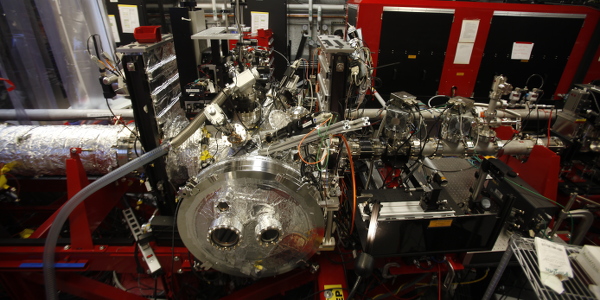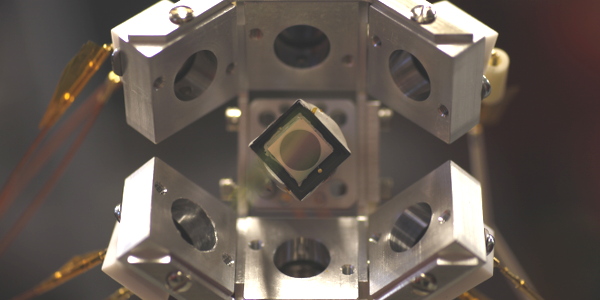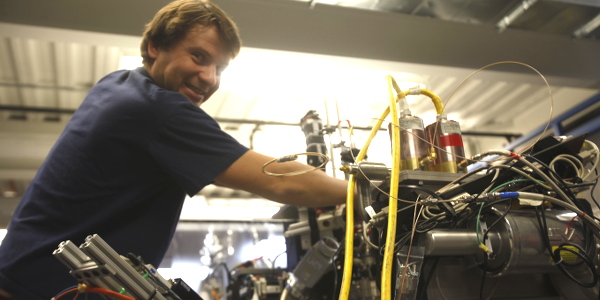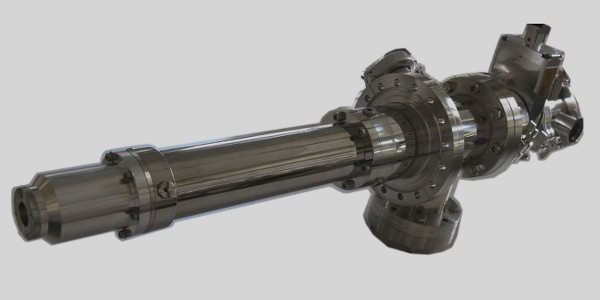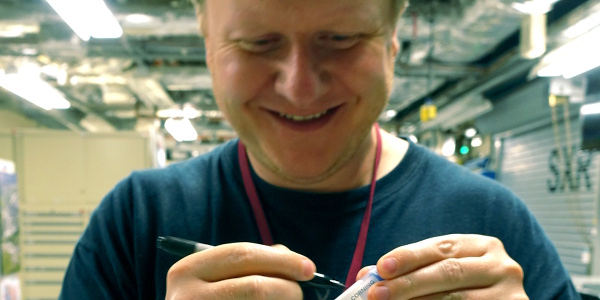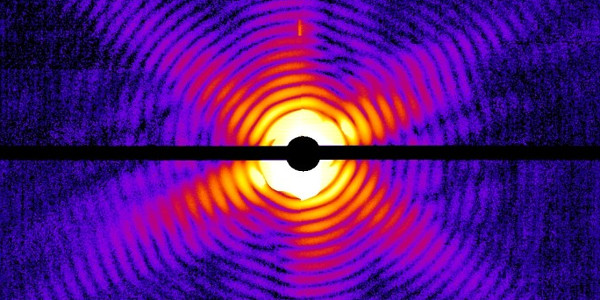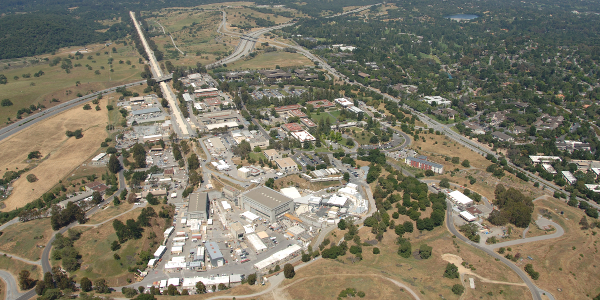 Our paper with the title “Three-Dimensional Reconstruction of the Giant Mimivirus Particle with an X-Ray Free-Electron Laser” (doi:10.1103/PhysRevLett.114.098102) has been published in the journal Physical Review Letters. The article is featured in a news item in Nature and as a viewpoint by APS Physics. For links to press releases and more articles covering our publication please go to the section Press.
Our paper with the title “Three-Dimensional Reconstruction of the Giant Mimivirus Particle with an X-Ray Free-Electron Laser” (doi:10.1103/PhysRevLett.114.098102) has been published in the journal Physical Review Letters. The article is featured in a news item in Nature and as a viewpoint by APS Physics. For links to press releases and more articles covering our publication please go to the section Press.
Monthly Archives: October 2015
BBC report: A look at the world’s most powerful X-ray laser
 The BBC reports about today’s most powerful X-ray laser, the LINAC coherent Light Source (LCLS) at Stanford University (California). Video
The BBC reports about today’s most powerful X-ray laser, the LINAC coherent Light Source (LCLS) at Stanford University (California). Video
Scientists Take First X-ray Portraits of Living Cyanobacteria at the LCLS
 Our article on “Imaging single cells in a beam of live cyanobacteria with an X-ray laser” (doi:10.1038/ncomms6704) has been published in Nature Communications. more...
Our article on “Imaging single cells in a beam of live cyanobacteria with an X-ray laser” (doi:10.1038/ncomms6704) has been published in Nature Communications. more...
Thousands of cell organelles imaged with an X-ray laser
 Our article with the title “High-throughput imaging of heterogeneous cell organelles with an X-ray laser” (doi:10.1038/nphoton.2014.270) has been published in Nature Photonics.
Our article with the title “High-throughput imaging of heterogeneous cell organelles with an X-ray laser” (doi:10.1038/nphoton.2014.270) has been published in Nature Photonics.
RACIRI Summer School 2014
 We are organising this year’s RACIRI Summer School under the title “Imaging with X-rays and Neutrons for Life and Materials Sciences”. It is held between 24 – 31 August 2014. The local venue is Skogshem Wijk in the Archiepelago of Stockholm.
We are organising this year’s RACIRI Summer School under the title “Imaging with X-rays and Neutrons for Life and Materials Sciences”. It is held between 24 – 31 August 2014. The local venue is Skogshem Wijk in the Archiepelago of Stockholm.
more…
Automated Classification
 Our article about “Automated identification and classification of single particle serial femtosecond X-ray diffraction data” (also known as “hit-finding”) has been published in Optics Express 22, pp 2497-2510 (2014). In an experiment which produced copious amounts of data, we use both algorithms analyzing diffraction images and time-of-flight spectroscopy to find when a particle is hit by the X-ray laser.
Our article about “Automated identification and classification of single particle serial femtosecond X-ray diffraction data” (also known as “hit-finding”) has been published in Optics Express 22, pp 2497-2510 (2014). In an experiment which produced copious amounts of data, we use both algorithms analyzing diffraction images and time-of-flight spectroscopy to find when a particle is hit by the X-ray laser.
X-ray Science: The Big Guns
 There is a news feature article on X-ray free electron lasers in Nature magazine describing the powerful X-ray lasers —Nature 505, pp 605 (2014). The article gives a good historical account of the challenges faced by the XFELs and the first exciting results obtained at the LCLS in Stanford. You can download the entire PDF here. This is part of a special issue dedicated to crystallography as “Crystallography turns 100″ — Nature 505, pp 585-716 (2014).
There is a news feature article on X-ray free electron lasers in Nature magazine describing the powerful X-ray lasers —Nature 505, pp 605 (2014). The article gives a good historical account of the challenges faced by the XFELs and the first exciting results obtained at the LCLS in Stanford. You can download the entire PDF here. This is part of a special issue dedicated to crystallography as “Crystallography turns 100″ — Nature 505, pp 585-716 (2014).
Welcome
Featured
The Laboratory of Molecular Biophysics (LMB) at Uppsala University promotes research and discoveries at the frontiers of photon science by exploring and exploiting photon-material interactions on short time scales, at high photon frequencies, and in extremely strong photon fields. LMB produced the scientific case in imaging that assured funding for the construction of the first X-ray free-electron lasers in the US (the LCLS) and Europe (the European XFEL). We also study photosynthesis and photosynthetic carbon fixation in aquatic microorganisms, primarily from the Arctic and Antarctic Oceans.

